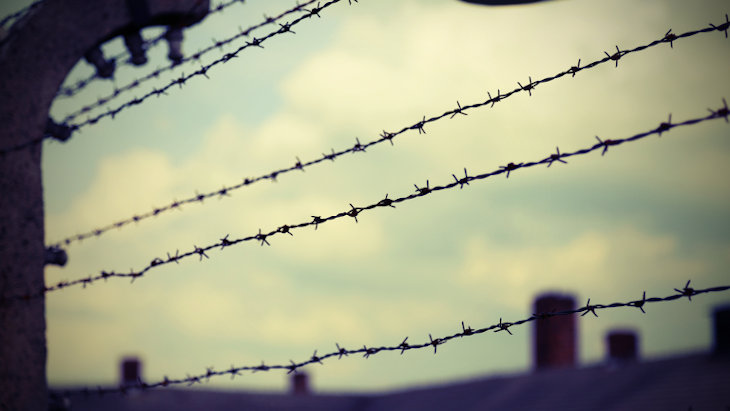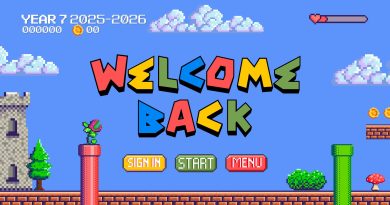A Timeline of the Holocaust by Viktor Izák (MYP 2)
In their previous unit, MYP 2 students were learning about WWII in general, and the Holocaust in particular. The unit culminated in a project whereby students had to demonstrate their understanding of key WWII/ Holocaust events by creating a timeline, starting in 1933 when Adolf Hitler was appointed chancellor of Germany and ending in 1945 when WWII finally came to a close. In addition to their timeline, students were expected to include (1) a bibliography of the sources they used to create their timeline and (2) an OPVL analysis of one of the sources they used (click here to learn more about OPVL analyses and their importance).
Benefits of Creating Timelines
“Every student won’t use the same techniques and strategies to learn. Some students can read a block of text and remember the key points, while others won’t get a single phrase put into their memory. For these students, visual learning aids like timelines will come in handy to understand and retain information. A timeline is a graphic representation of information, such as historical events, usually in a linear format. Increasingly, more education professionals swear by the benefits of timelines for teaching.” (Source)
Below is a short list of why timelines can be an effective educational tool:
- Help organize facts – “Visual learners would prefer them to organise facts using different categories and hierarchies. Unlike notetaking, a graphic offers the creator the chance to use several design tools. You can highlight, underline, and insert different symbols to make sense of facts the way you want.” (Source)
- Condense information – “During a class lesson, a teacher is bound to talk quite a bit and provide a boatload of information. It can be hard for students to discern the essential points from the trivial ones. By using a visual resource, teachers can emphasise and stress more on the key facts, making sure their students leave the classroom with the right takeaways.” (Source)
- Develop student skills – “Students can then develop other education skills in the process. As an example, visual aids can require citations and references, teaching students the correct and appropriate protocols to improve their research skills.” (Source)
Overall, I was impressed with the timelines that students made to demonstrate their understanding of key events during the Holocaust. I was particularly impressed by Viktor Izák’s timeline. He clearly put a lot of effort into his work and did an excellent job of clearly outlining and describing 25 key events that happened during the Holocaust, and leading up to it. Well done, Viktor.
You can find Viktor’s timeline here




